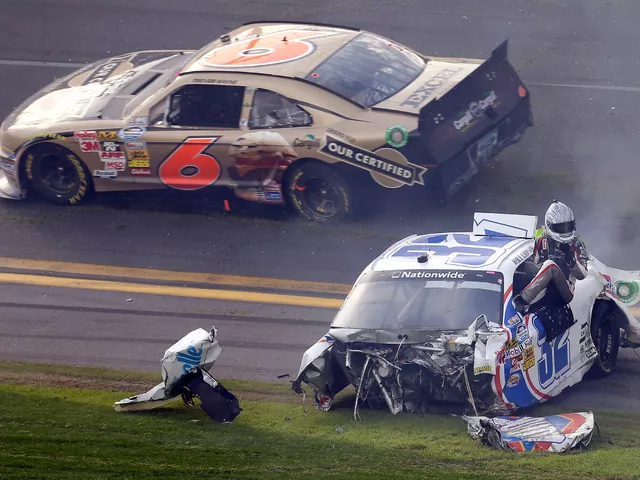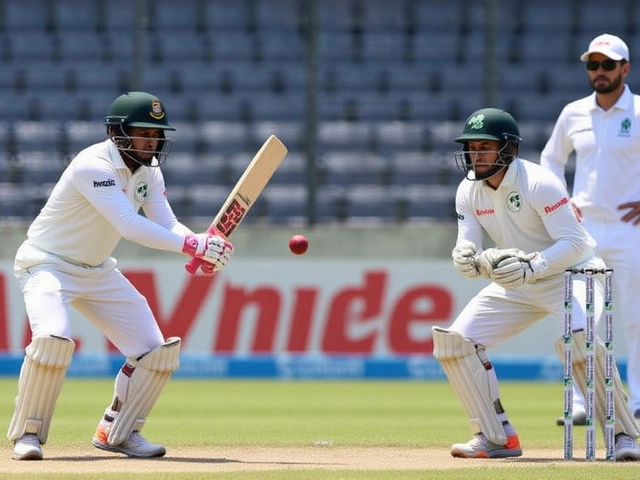Race Car Driving: Practical Tips to Up Your Track Game
If you love the roar of engines and the feel of G‑forces, you already know why race car driving is addictive. But raw passion only gets you so far. The real edge comes from simple habits, safety smarts, and a few setup tweaks that anyone can try before the next lap.
Master the Basics Before You Burn Rubber
Start with the steering basics. Keep both hands at the "9 and 3" positions, not a single hand on the wheel. That grip gives you better control when the car slides sideways. Next, practice smooth inputs on the brake pedal. Sudden pushes make the car nose‑down and can spin you out. Instead, feather the brake, let the car settle, then press harder if you need to shave extra speed.
Learning the racing line is another must. The optimal path goes straight into a corner, clips the apex, and opens up on the exit. Trace that line in your mind before you hit the track and you’ll cut lap times without pushing the car beyond its limits.
Fine‑Tune Your Car for Speed and Safety
Even the best driver can’t solve a poorly set‑up car. Check tire pressure before every session; under‑inflated tires waste grip, over‑inflated ones get hot fast. Aim for the pressure the manufacturer recommends for your track temperature and stick to it.
Suspension settings matter too. A slightly softer rear setup can help the car rotate into corners, while a firmer front keeps steering responsive. Small adjustments—just a few millimetres—can make a huge difference on a tight circuit.
Don’t forget safety gear. A well‑fitted helmet, fire‑resistant suit, and HANS device protect you when things go wrong. Inspect your harness each time you get into the car; a loose strap can turn a quick stop into a serious injury.
Brake balance is another easy win. Most cars let you shift bias between front and rear. If you feel the front locking up on a heavy brake zone, dial a little more bias to the rear. That lets you brake later and stay stable.
Fuel management is often overlooked by amateurs. Carry just enough fuel for the session plus a safety margin. Extra weight slows you down, especially on short sprints. Use the car’s fuel meter to plan pit stops and avoid running out on the final lap.
Now, let’s talk mental prep. Visualise each corner before you drive it. Picture the entry, apex, and exit in your mind, then replay the sequence as you approach the turn. This mental rehearsal sharpens your reaction time and keeps you calm under pressure.
Finally, review your data. Most modern track days give you lap times and sector splits. Spot the sector where you lose the most time and focus your practice there. Small gains add up quickly.
Race car driving isn’t just about raw speed; it’s about consistency, safety, and a bit of engineering know‑how. Apply these straightforward tips, and you’ll feel the improvement lap after lap.

How is race car driving a sport?
Buckle up, folks! We're about to fast and furiously dive into why race car driving isn't just a hobby for adrenaline junkies, but a bona fide sport! Now, I know what you're thinking, "What? But they're just sitting and driving, I do that on my way to work!" Well, my friend, it's not just about revving engines and burning rubber. These speed demons must possess top-notch physical endurance, sharp mental acuity, and the strategic prowess of a chess grandmaster - all while maneuvering a metal beast at breakneck speeds! So, next time you're stuck in traffic, remember - it's a far cry from the exhilarating, sweat-drenched, pulse-pounding world of professional race car driving!
View More



